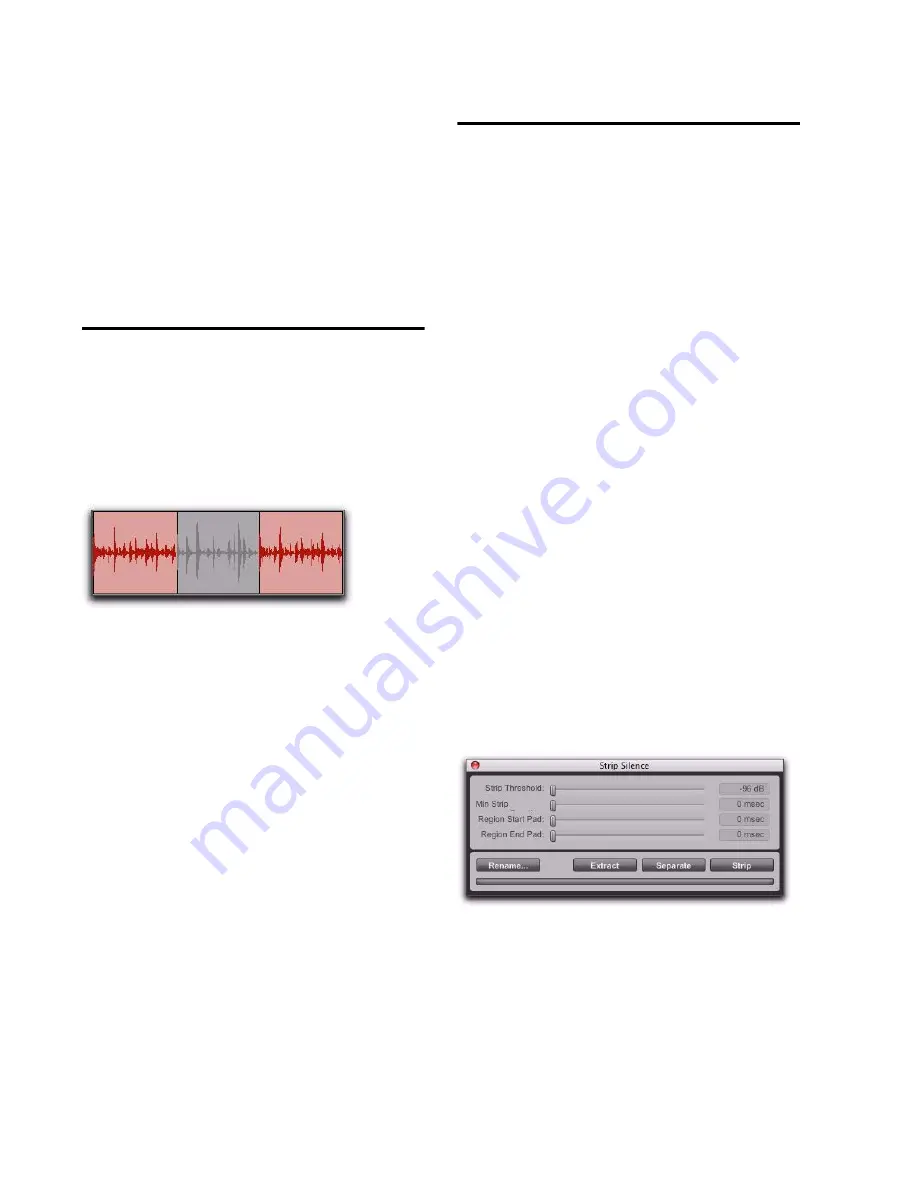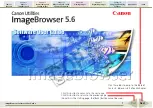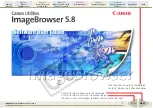
Pro Tools Reference Guide
732
Allowing Editing of Edit-Locked
Regions
If you attempt to edit an Edit-locked region,
Pro Tools warns you and prompts you to
Cancel
or
Allow
the edit. If you allow an edit that keeps
any part of the region intact, the region remains
locked.
Muting/Unmuting Regions
Choosing the
Mute/Unmute Region
command
mutes playback of a selected region. Choosing
the command a second time unmutes the re-
gion. Regions that are muted become dimmed
to indicate their status.
To mute or unmute a region or regions:
1
With the Time Grabber, select the region or re-
gions you want to mute or unmute. The regions
can even reside on multiple tracks.
2
Choose
Region > Mute/Unmute
. When muted,
regions are dimmed.
Stripping Silence from
Regions
Strip Silence analyzes audio selections—across
multiple tracks—and removes (or extracts) any
areas of silence, dividing the selection into
smaller regions and removing the silent areas.
You can use Strip Silence to strip (remove) si-
lence from a region, or instead, extract the audio
and keep the silence. Getting rid of silent areas is
useful when preparing to compact audio (see
“Compacting an Audio File” on page 507). Strip
Silence automatically separates the selection
into separate regions, which is useful if you
want to quantize audio to musical values, or lo-
cate sound effects to SMPTE locations.
The Strip Silence Window
The Strip Silence window contains the following
controls that let you set the parameters by
which
silence
is defined when using Strip Si-
lence. Adjusting these controls causes rectangles
to temporarily appear in the selection (see
Figure 43 on page 734), indicating areas of si-
lence that will be affected by the Strip, Extract,
or Separate commands.
Muted audio region (middle)
Strip Silence window
Summary of Contents for Digidesign Pro Tools 8.0
Page 1: ...Reference Guide Pro Tools 8 0 ...
Page 18: ...Pro Tools Reference Guide xviii ...
Page 19: ...1 Part I Introduction ...
Page 20: ...2 ...
Page 24: ...Pro Tools Reference Guide 6 ...
Page 40: ...Pro Tools Reference Guide 22 ...
Page 45: ...27 Part II System Configuration ...
Page 46: ...28 ...
Page 58: ...Pro Tools Reference Guide 40 ...
Page 76: ...Pro Tools Reference Guide 58 ...
Page 118: ...Pro Tools Reference Guide 100 ...
Page 127: ...109 Part III Sessions Tracks ...
Page 128: ...110 ...
Page 144: ...Pro Tools Reference Guide 126 ...
Page 170: ...Pro Tools Reference Guide 152 ...
Page 228: ...Pro Tools Reference Guide 210 ...
Page 292: ...Pro Tools Reference Guide 274 ...
Page 343: ...325 Part IV Playback and Recording ...
Page 344: ...326 ...
Page 386: ...Pro Tools Reference Guide 368 ...
Page 442: ...Pro Tools Reference Guide 424 ...
Page 443: ...425 Part V Editing ...
Page 444: ...426 ...
Page 490: ...Pro Tools Reference Guide 472 ...
Page 528: ...Pro Tools Reference Guide 510 ...
Page 566: ...Pro Tools Reference Guide 548 ...
Page 590: ...Pro Tools Reference Guide 572 ...
Page 591: ...573 Part VI MIDI ...
Page 592: ...574 ...
Page 648: ...Pro Tools Reference Guide 630 ...
Page 670: ...Pro Tools Reference Guide 652 ...
Page 679: ...661 Part VII Arranging ...
Page 680: ...662 ...
Page 756: ...Pro Tools Reference Guide 738 ...
Page 769: ...751 Part VIII Processing ...
Page 770: ...752 ...
Page 780: ...Pro Tools Reference Guide 762 ...
Page 786: ...Pro Tools Reference Guide 768 Figure 3 Quantized audio events Warp markers in Warp view ...
Page 814: ...Pro Tools Reference Guide 796 ...
Page 842: ...Pro Tools Reference Guide 824 ...
Page 843: ...825 Part IX Mixing ...
Page 844: ...826 ...
Page 976: ...Pro Tools Reference Guide 958 ...
Page 991: ...973 Part X Surround ...
Page 992: ...974 ...
Page 1000: ...Pro Tools Reference Guide 982 ...
Page 1025: ...1007 Part XI Sync and Video ...
Page 1026: ...1008 ...
Page 1080: ...Pro Tools Reference Guide 1062 ...
Page 1111: ......















































